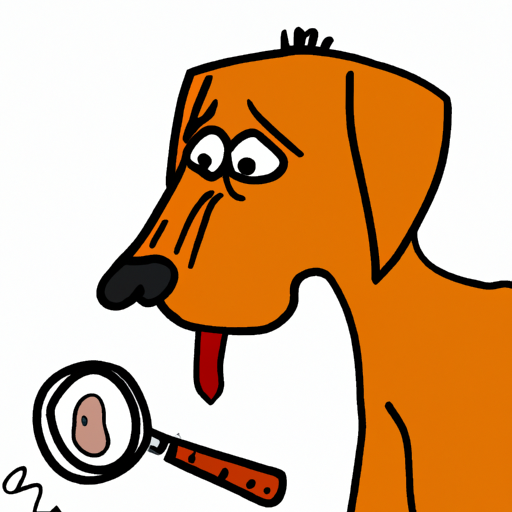Introduction
You adore your furry friend. You feed them the best food, ensure they get their daily walks, and give them plenty of cuddles. Yet, no matter how careful you are, there’s always a risk that your dog could contract whipworms. But where do these parasites come from, and how do dogs get whipworms in the first place? Let’s dive into this important topic and arm you with the knowledge you need to protect your beloved pet.
Understanding Whipworms
Whipworms, scientifically known as Trichuris vulpis, are one of the many internal parasites that can infect your dog. These worms are named for their whip-like shape, with a thick posterior end and a thin, elongated anterior end.
These parasites live in your dog’s intestines, particularly in the cecum – a pouch at the junction of the small and large intestines. Here’s a quick breakdown of the whipworm’s life cycle:
- The whipworm’s life begins as an egg in the environment.
- Your dog accidentally ingests the egg while sniffing or licking contaminated soil or feces.
- The egg hatches in your dog’s intestines, and the whipworm larvae start to grow.
- After maturing, the whipworms attach themselves to the lining of the cecum, where they feed and reproduce.
- The adult whipworms lay eggs that are expelled in your dog’s feces, contaminating the environment and starting the cycle anew.
Risks and Symptoms
Whipworm infections can be mild or severe, depending on the number of worms present in your dog’s intestines. While a light infection may not cause any noticeable symptoms, a heavy infection can lead to:
- Diarrhea, which can be bloody in severe cases
- Weight loss
- Anemia
- Dehydration
Prevention and Treatment
Preventing whipworms involves reducing your dog’s exposure to contaminated environments. Here are a few steps you can take:
- Regularly clean up your dog’s feces, especially in shared environments like dog parks.
- Prevent your dog from eating soil or feces.
- Regularly use a vet-recommended dewormer.
Treatment of whipworms involves oral medication prescribed by a vet. It’s important to follow the vet’s instructions carefully, as the medication often needs to be repeated to ensure all whipworms are killed.
| Prevention | Treatment |
|---|---|
| Regular feces clean-up | Oral medication |
| Avoid soil/feces ingestion | Follow vet instructions |
| Regular dewormer use | Repeat medication |
FAQs
Q: Can humans get whipworms from dogs?
A: While whipworms can infect humans, the species that typically infects dogs (Trichuris vulpis) is not usually transmitted to humans.
Q: How can I tell if my dog has whipworms?
A: Symptoms such as diarrhea, weight loss, and dehydration can indicate a whipworm infection. However, a definitive diagnosis requires a fecal examination by a vet.
Q: How long does it take to get rid of whipworms?
A: It can take several weeks to fully eliminate a whipworm infection, even with treatment. Your vet will provide guidance based on your dog’s specific condition.
As a caregiver, your concern for your dog’s wellbeing is commendable. By understanding the risks and taking proactive steps, you can help protect your faithful companion from whipworms and other parasites.



